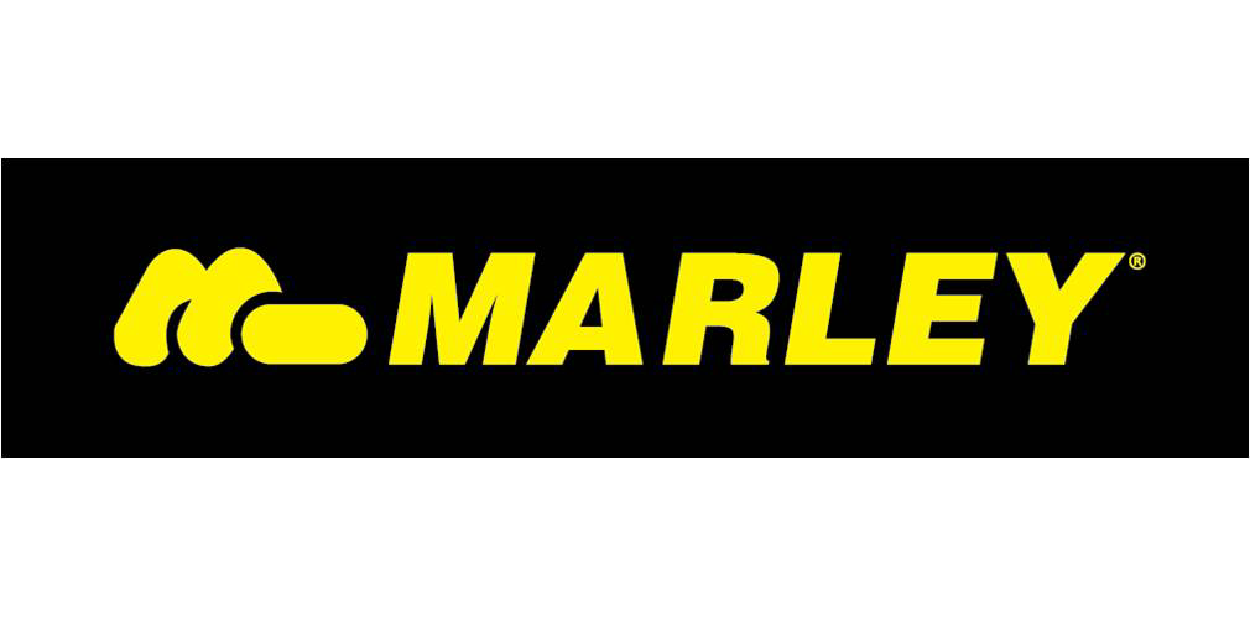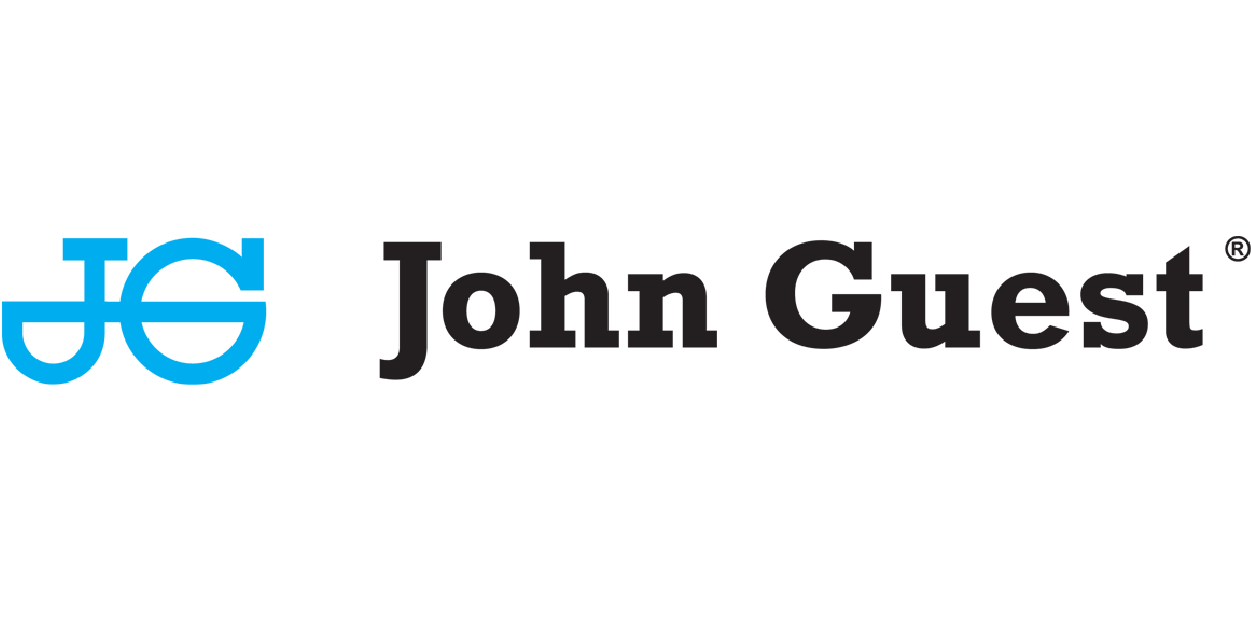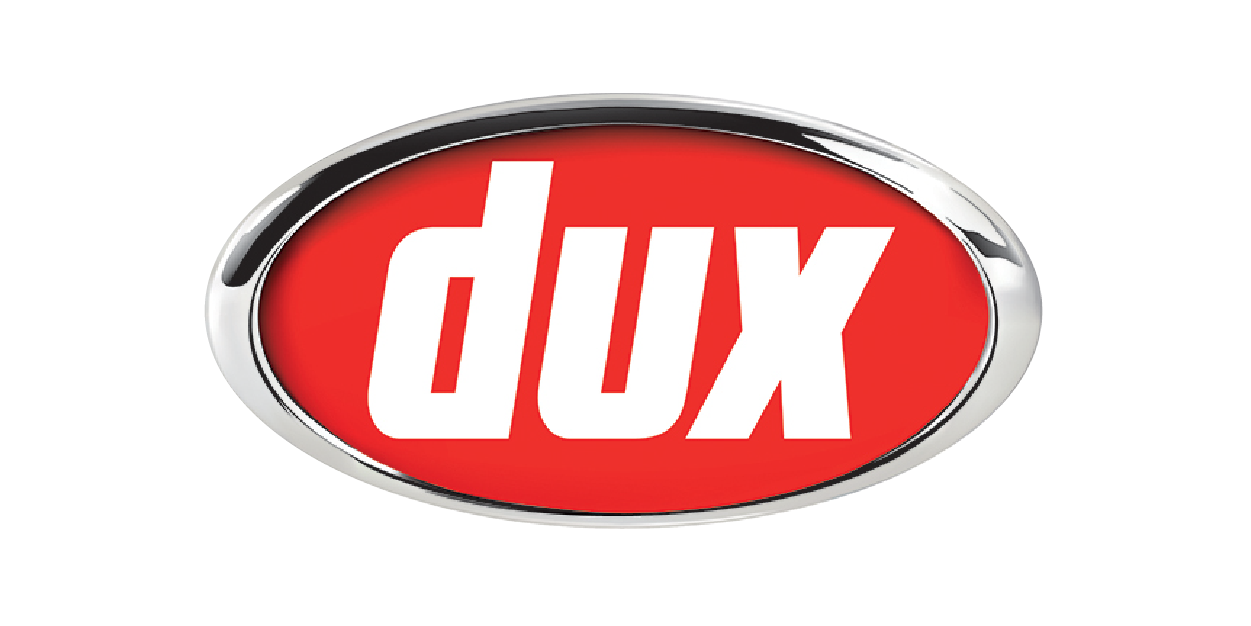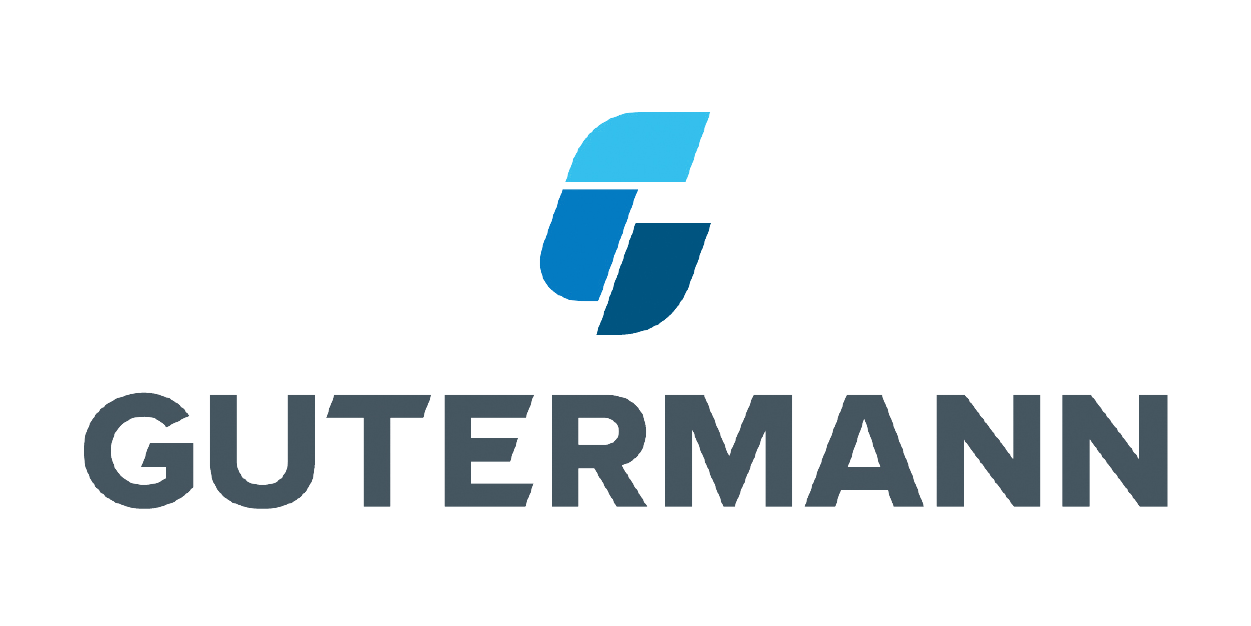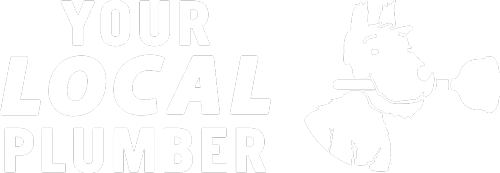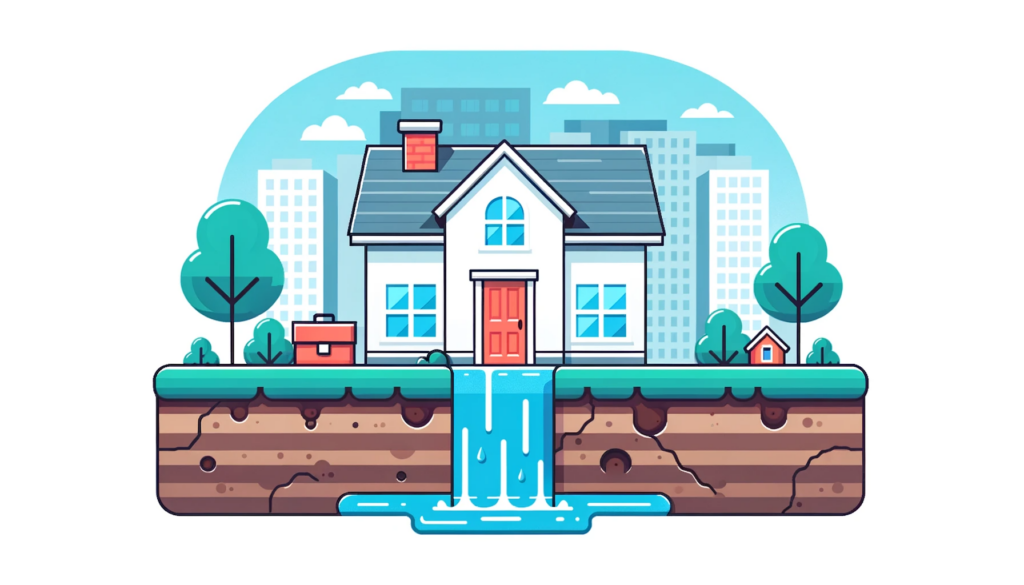
Call Today 09 973 4973 or
Regular Maintenance and Testing
To ensure the effectiveness of gas safety devices, regular maintenance and testing are crucial. This includes:
- Routine Checks: Periodically testing detectors and alarms to ensure they are operational. This can involve testing the battery life of detectors and conducting controlled tests to ensure they respond appropriately to the presence of gas or CO.
- Professional Inspections: Having gas safety systems inspected by professionals, especially those systems that are integrated with the gas supply or building management systems, to ensure they are correctly calibrated and functioning as intended.
- Replacement and Upgrades: Replacing gas safety devices according to the manufacturer’s recommendations or when they fail to pass routine checks. Keeping up with technological advancements in gas safety can also provide opportunities to upgrade to more sophisticated systems that offer enhanced protection.
The Evolving Landscape of Gas Safety Technology
The field of gas safety technology is continually evolving, with new innovations offering enhanced levels of protection and convenience. Some emerging trends include:
- IoT-Enabled Devices: The Internet of Things (IoT) is revolutionising gas safety by enabling devices to communicate with each other and with central monitoring systems. This connectivity can enhance the speed and efficiency of detecting and responding to gas leaks.
- Artificial Intelligence (AI) and Machine Learning: AI and machine learning algorithms can predict potential system failures before they occur by analysing data from gas appliances and systems. This predictive maintenance can prevent leaks and other hazards.
- Mobile Integration: Mobile apps allow users to monitor their gas safety systems remotely, receive alerts on their smartphones, and even shut off their gas supply from anywhere, providing greater control and peace of mind.
Educating Users on Gas Safety Technology
Education plays a vital role in maximising the benefits of gas safety devices and technologies. Users should be educated on the proper use, maintenance, and testing of these systems. This can involve:
- User Manuals and Guides: Providing clear, easy-to-understand user manuals and quick reference guides for all gas safety devices.
- Training Sessions: Offering training sessions for occupants of commercial buildings or employees in industrial settings to familiarise them with the gas safety systems in place.
- Awareness Campaigns: Conducting awareness campaigns to highlight the importance of gas safety and the role of technology in preventing accidents.
By integrating advanced gas safety devices and technologies into a comprehensive safety strategy, maintaining and testing these systems regularly, and staying informed about new innovations, New Zealand can continue to enhance the safety of environments where gas is used. As technology advances, the potential for even greater safety and convenience in gas fitting becomes apparent, underscoring the importance of ongoing education and adaptation in gas safety practices.
Emergency Preparedness and Gas Safety Technologies
Advanced gas safety technologies significantly contribute to emergency preparedness by providing early warnings and facilitating rapid responses to gas leaks and carbon monoxide exposure. For comprehensive emergency preparedness, integrating these technologies with broader safety protocols is crucial. This includes:
- Emergency Response Plans: Incorporating the capabilities of gas safety devices into emergency response plans ensures that when an alarm signals a leak or CO presence, predefined actions are promptly initiated, such as evacuating the area and contacting emergency services.
- Interconnected Alarms: Utilising interconnected gas and CO detectors can enhance safety by ensuring that when one alarm is triggered, all alarms in the system sound, providing a building-wide alert.
Regulatory Considerations
In New Zealand, the regulatory environment surrounding gas safety is designed to protect consumers and ensure the safe use of gas appliances and systems. As technology evolves, regulations may also need to adapt to incorporate new safety devices and technologies. Property owners, landlords, and businesses must stay informed about current regulations governing gas safety devices, including installation standards and maintenance requirements. Compliance not only ensures safety but also protects against legal liabilities.
Future Directions in Gas Safety Innovations
The future of gas safety lies in the continued development and integration of smart technologies. Potential innovations include:
- Advanced Sensor Technologies: Research into more sensitive and selective gas detection sensors could lead to earlier detection of gas leaks and lower false alarm rates. Nanotechnology and new materials science developments hold promise for these advancements.
- Integration with Smart Home Systems: Further integration of gas safety technologies with smart home systems could allow for more sophisticated monitoring and control options, such as automatic ventilation control or integration with smart thermostats to reduce gas usage when not needed.
- Predictive Analytics: Leveraging big data and predictive analytics can enhance predictive maintenance strategies, identifying potential issues with gas appliances and infrastructure before they lead to problems.
Educating the Public and Professionals
As gas safety technologies become more advanced, educating both the public and professionals about these innovations becomes increasingly important. Ongoing education campaigns, professional development opportunities for gasfitters and emergency responders, and resources for consumers can help ensure that the benefits of these technologies are fully realised.
- Public Awareness Campaigns: Raising awareness about the importance of gas safety and the role of new technologies in preventing accidents.
- Professional Training: Offering training for gas safety professionals on the latest technologies and their implementation.
- Consumer Guides: Providing resources and guides for consumers on choosing, using, and maintaining gas safety devices.
Suppliers
